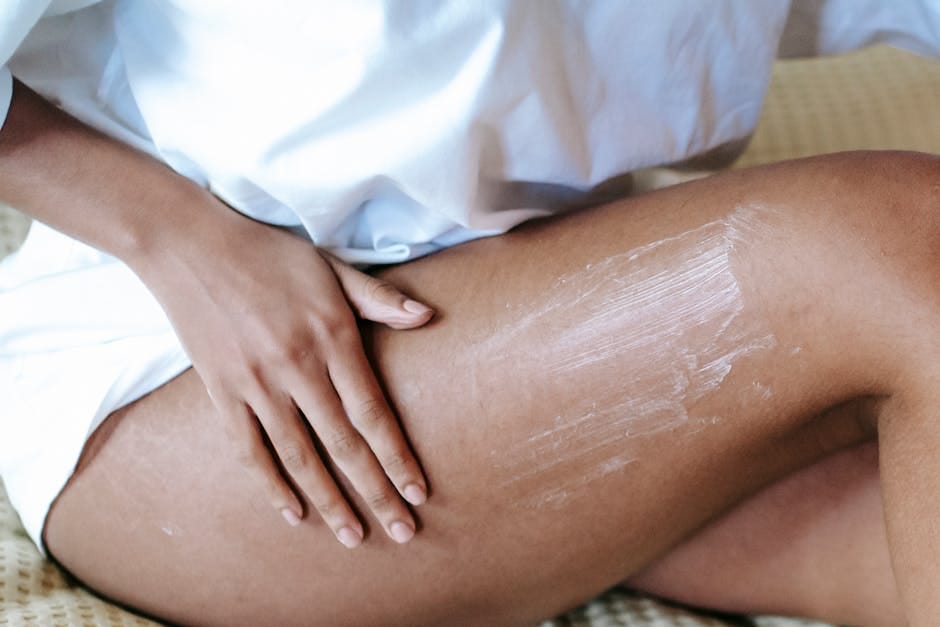Unlocking your hip flexors is crucial for maintaining optimal hip function, reducing pain, and enhancing overall mobility. These muscles play a vital role in various movements, from walking and running to standing and sitting. However, prolonged inactivity, poor posture, or repetitive motions can lead to tight and restricted hip flexors, resulting in discomfort and reduced range of motion. Here's a comprehensive guide to help you unlock your hip flexors and reclaim your mobility.
**Understanding the Hip Flexors**
Your hip flexors are a group of muscles located at the front of your hips. They primarily comprise the iliacus, psoas major, and rectus femoris muscles. These muscles work together to flex (bend) your hip at the hip joint, enabling you to lift your knee towards your chest, as in walking or running.
**Causes of Tight Hip Flexors**
Tight hip flexors can arise from several factors, including:
– Prolonged sitting or inactivity
– Poor posture, such as slouching or hunching
– Repetitive motions, such as running or cycling
– Muscle imbalances, where the hip flexors are stronger than the opposing muscles (gluteals)
– Injuries or trauma to the hip area
**Consequences of Tight Hip Flexors**
Tight hip flexors can have detrimental effects on your body, including:
– Pain in the hips, lower back, or knees
– Reduced range of motion in the hips
– Altered gait or running form
– Difficulty performing everyday activities like climbing stairs or getting out of a chair
**Unlocking Your Hip Flexors**
To unlock your hip flexors and alleviate any associated discomfort, consider implementing the following strategies:
**Stretching**
Stretching is an effective way to lengthen and release tight hip flexors. Hold each stretch for at least 30 seconds and repeat multiple times throughout the day:
– **Kneeling hip flexor stretch:** Kneel on one knee, with the other leg extended in front of you. Slowly lean forward until you feel a stretch in the front of your hip.
– **Standing quad stretch:** Stand with your feet hip-width apart. Bend one knee and grab your ankle, pulling your heel towards your buttocks.
– **Butterfly stretch:** Sit on the floor with the soles of your feet together. Gently press your knees down towards the floor.
**Strengthening**
Strengthening the muscles around the hips, particularly the gluteals, can help balance the hip flexors and prevent them from tightening excessively. Include exercises like:
– **Glute bridges:** Lie on your back with your knees bent and feet flat on the floor. Lift your hips towards the ceiling, squeezing your glutes at the top.
– **Clamshells:** Lie on your side with your knees bent and feet together. Open your top knee while keeping your feet touching.
– **Squats:** Stand with your feet shoulder-width apart. Slowly lower your body by bending your knees and hips, as if sitting back into a chair.
**Foam Rolling**
Foam rolling can help release tension in the hip flexors. Place a foam roller under your hip and gently roll back and forth, applying moderate pressure. Focus on areas that feel tight or tender.
**Massage**
A massage therapist can use specific techniques to target and release tight hip flexors. Professional massage can effectively improve flexibility and reduce pain.
**Lifestyle Modifications**
In addition to the above, consider these lifestyle modifications to keep your hip flexors healthy:
– **Maintain good posture:** Avoid slouching or hunching, and ensure your pelvis is in a neutral position when sitting or standing.
– **Take breaks from prolonged sitting:** Get up and move around every 20-30 minutes to prevent your hip flexors from tightening.
– **Incorporate regular exercise:** Engage in activities that promote hip mobility, such as walking, cycling, or swimming.
– **Warm up before exercising:** Dynamic stretches and light cardio can prepare your hip flexors for activity and reduce the risk of tightness.
